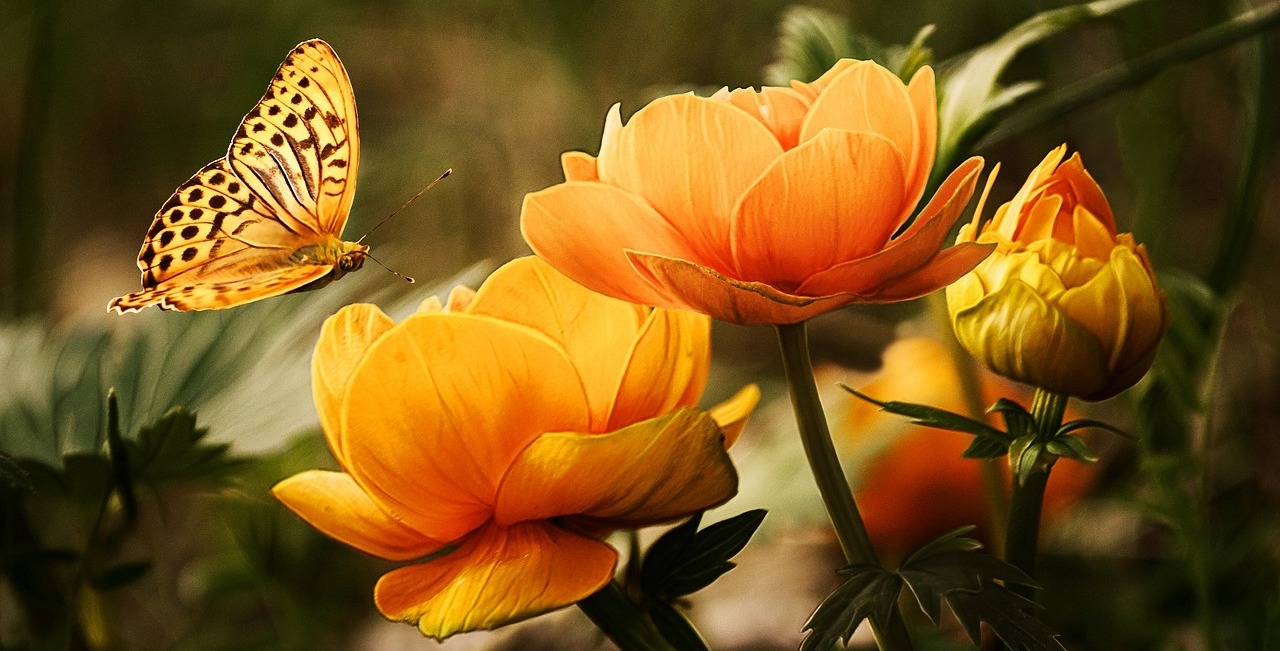New Research: Save the Last Tiny Scraps of Native Vegetation
Scientific thinking changes as new evidence comes to light. One vital new insight is the importance of saving even tiny, isolated remnants of native vegetation.
Decades of research on fragmented habitats has shown that small, isolated patches of habitat are often ecologically depauperate — lacking top predators and large species, and suffering from a wide variety of ecological woes.
This research correctly shows the vital importance of protecting Earth’s vanishing wilderness areas.
But such studies have also convinced some people that very small, isolated patches of native vegetation are nearly worthless. In many places, these tiny remnants are being bulldozed and razed to the ground.
That, it turns out, is dead wrong.
NEW MESSAGES FOR SAVING NATURE
Here are three reasons why even tiny tufts of native vegetation can be critically important.
1. Saving Rare Biodiversity
Imagine a forested valley rich with species — some of which are unique to that valley, occurring nowhere else on Earth. Then, the valley’s forests are cleared for agriculture, leaving just a football-field-sized patch of the original forest.
Because it’s small and far isolated from other forests, we’d be tempted to think the single patch sustains only a few species, and so is relatively worthless in ecological terms.
But because it’s the only habitat remnant in the valley, the isolated patch will often retain the last populations of wildlife, insects, plants, and other species that occur nowhere else on Earth. This was the conclusion of a recent global-scale study in the leading journal PNAS.
So, we need to rethink habitat isolation. To save biodiversity, highly isolated habitat remnants may actually be incredibly valuable. That’s virtually the opposite of what we thought before, based on decades of studies on Island Biogeography Theory and fragmented ecosystems.
2. Restoring Ecosystems
Another new insight is that vestiges of native vegetation are also remarkably important for restoring habitats. In many parts of the world—such as the famous “biodiversity hotspots” — habitat restoration is an urgent priority.
Imagine a landscape with just 1 percent of its native vegetation remaining, the rest having been destroyed. And compare that to a landscape with no native vegetation at all.
If we allow these two landscapes to regenerate naturally, it turns out that even tiny remnants of native vegetation provide an enormous boost to species and ecosystem recovery.
This is because habitat remnants are a key source of seeds of native plants, and seed-dispersing animals and native pollinators.
So, if we want to restore vegetation, saving the remnants of native habitat is vital — even if it’s just the last 1 percent.
3. Other Big Benefits
Habitat remnants have many further values. For instance, they provide stepping stones for mobile wildlife such as birds and bats. Such animals disperse seeds and pollinate plants, helping to maintain gene flow across the landscape.
Habitat remnants also help purify water supplies, filtering out pollutants and reducing silt from soil erosion.
And native-vegetation remnants are important for people — providing valuable opportunities for recreation and nature education.
Research has shown that people who grow up being exposed to nature value it a lot more those who don’t.
THE BOTTOM LINE
Wherever you live, have a close look at what is happening around you. Almost everywhere, the last remnants of native habitats are being destroyed. Some people call this “progress” — or “development”.
But new research is revealing that those small patches of vulnerable habitat are far more important to the environment than we’d previously understood.
They’re lifeboats for biodiversity, and we must battle to keep them afloat.







